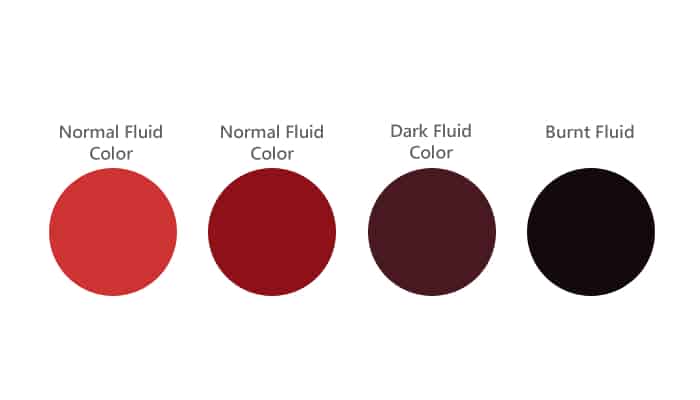2010 Nissan Altima Transmission Fluid Capacity
When it comes to maintaining your 2010 Nissan Altima, one crucial aspect is ensuring that the transmission fluid is at the right level. The transmission fluid is responsible for lubricating the gears and components in your vehicle’s transmission, allowing for smooth and efficient operation. In this article, we will discuss the transmission fluid capacity for the 2010 Nissan Altima, so you can keep your vehicle running at its best.
Transmission Fluid Capacity and Type
| Popular posts |
|---|
| What to do to prolong the life of your manual gearbox |
| Automatic transmission: what it is, how it works |
Before we dive into the details, let’s take a look at the transmission fluid capacity and type for the 2010 Nissan Altima. It’s important to use the correct type and amount of fluid to ensure optimal performance and avoid potential damage to your transmission. Here’s a handy table to help you understand the capacity in both quarts and liters:
| Transmission Fluid Capacity | Quarts | Liters |
|---|---|---|
| Automatic Transmission (CVT) | 7.5 | 7.1 |
| Manual Transmission | 3.7 | 3.5 |
Now that you know the transmission fluid capacity for your 2010 Nissan Altima, let’s move on to the next steps.
Checking the Transmission Fluid Level
Before adding or changing the transmission fluid, it’s important to check the current level to ensure it’s within the recommended range. Here’s how you can do it:
- Park your vehicle on a level surface and engage the parking brake.
- Start the engine and let it idle for a few minutes to warm up the transmission fluid.
- Locate the transmission dipstick, which is usually labeled and located near the engine bay.
- Remove the dipstick, wipe it clean with a lint-free cloth, and reinsert it fully.
- Remove the dipstick again and observe the fluid level. It should be between the “MIN” and “MAX” marks on the dipstick.
- If the fluid level is below the “MIN” mark, you’ll need to add more fluid. If it’s above the “MAX” mark, you may need to drain some fluid.
Adding or Changing Transmission Fluid
If you find that the transmission fluid level is low or needs to be changed, here’s what you need to do:
- Make sure you have the correct type of transmission fluid for your Altima. Refer to your vehicle’s owner’s manual or consult a reputable automotive store for the right product.
- Locate the transmission fluid fill plug or dipstick tube, which is usually located on the side or top of the transmission.
- Using a funnel, carefully add the recommended amount of transmission fluid according to the capacity mentioned earlier.
- Check the fluid level again using the dipstick method mentioned earlier to ensure it’s within the recommended range.
- If you are changing the transmission fluid completely, it’s recommended to consult a professional or refer to your vehicle’s service manual for the proper procedure.
Remember, maintaining the correct transmission fluid level is essential for the longevity and performance of your 2010 Nissan Altima’s transmission. By following these steps and using the right amount and type of fluid, you can ensure smooth shifting and reliable operation.
What Color Should Transmission Fluid Be?


